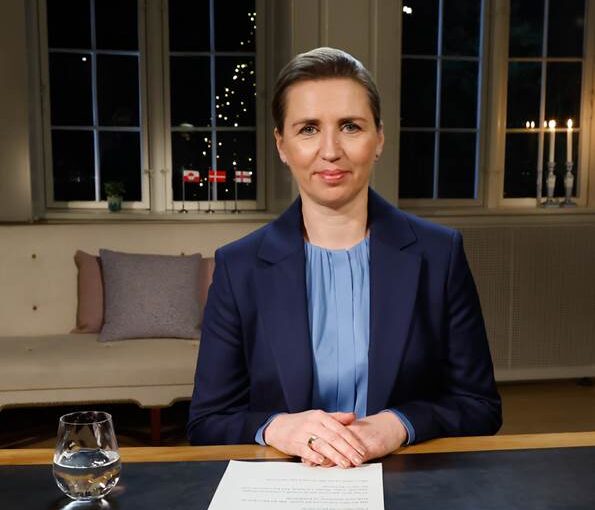Denmark’s Social Democratic leader Mette Frederiksen said Tuesday evening she had agreed to form a bipartisan government, breaking the traditional Danish left-right divide for the first time in more than four decades.
“We will present a government consisting of the Liberals, the Social Democrats and the Moderates,” Frederiksen said after visiting Queen Margrethe to inform her about the coalition, adding that this is not what Denmark is used to, but what she thinks is needed.
“We have set high ambitions, both in terms of ensuring higher employment, more people getting work, high climate ambitions and a fairly comprehensive reform program,” said Frederiksen, who is set to remain as Danish prime minister.
The three party leaders, Frederiksen, Jakob Elleman-Jensen of the Liberal Party and Lars Løkke Rasmussen of the Moderates, announced a press briefing for Wednesday at noon to outline the broad political ideas behind the next government.
The new coalition parties have a combined 89 seats in the 179-seat parliament after elections on November 1. Frederiksen’s center-left Social Democratic Party won more than a quarter of the votes, accounting for 50 seats, followed by the Liberals, which secured 23 seats.
The Moderates, a party that was only established in June and is led by former prime minister Rasmussen, came third in their first election, winning 16 seats.
The three parties, therefore, hold a practical majority together as four seats of the parliament go to lawmakers from Greenland and the Faroe Islands, who traditionally don’t intervene in Danish domestic politics.
The new government will settle in as Denmark struggles with high energy prices and the highest inflation in four decades.
Source: Politico


